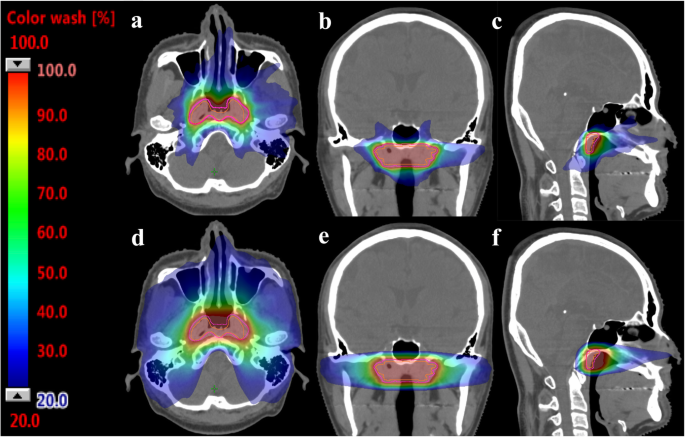- SAM RO
- 0 Comments

Radiotherapy techniques
Radiotherapy is a very effective treatment for NPC. In early-stage NPC, the cure rate is over 90%. Even in more advanced stages, radiotherapy can shrink the tumor and improve symptoms.
The cure rates from a large Chinese cohort study showed that even in patients with lower-staged cancers have a progression-free probability of about 90%, and patients with advanced cancers about 50 to 70%.
Today, even in patients who relapse, there are more systemic agents than ever before, including immunotherapy, to combat NPC.
-
- Intensity-modulated radiation therapy (IMRT) or Volumetric-modulated arc therapy (VMAT): This type of radiotherapy uses X-rays. A special computer software to control the intensity of the radiation beams. This allows for more precise targeting of the tumor and reduces the amount of radiation exposure to healthy tissues.
-
- Proton therapy: This type of radiotherapy uses protons instead of X-rays to target the tumor. Protons can deliver their dose more precisely to the tumor and less to surrounding tissues, which can reduce side effects.
Modern technologies with X-rays (volumetric modulated arc therapy) or protons are safe and effective in experienced and well-trained cancer centers. While protons, due to its physical nature, can reduce overall radiation doses to normal organs, there are certain disadvantages. Proton facilities are less common than X-rays and proton beam therapy is more expensive. Some hospitals have reported high skin irritation with protons due to innate properties of particles. This can be overcome by using computer algorithm techniques to reduce proton doses on patient’s surface. Proton therapy planning can be more technically challenging for the oncologist and physicists too. If patient’s anatomy changes during radiotherapy, this can result in uncertainties in proton outcomes.
In terms of clinical studies, most research have found that there is less painful swallowing during the early stages of treatment with proton therapy. However long-term side effects comparison have not been widely studied thus far. For both X-rays and proton beam therapy, tumour control outcomes are similar.
Here are some things to keep in mind about radiotherapy for NPC:
-
- Radiotherapy is usually given in combination with other treatments, such as chemotherapy, except for selected patients.
-
- The length of treatment will vary depending on the stage of your cancer and your overall health.
-
- Radiotherapy can be a very effective treatment for NPC. It is nonetheless still important to talk to your doctor about the risks and benefits of treatment.
-
- Epstein-barr virus (EBV) DNA levels in the blood is a good indicator of tumour burden, response to treatment and for monitoring. It should be used in conjunction with imaging.
Chou et al 10.3390/cancers13143555
Li et al doi:10.1001/jamanetworkopen.2021.13205

